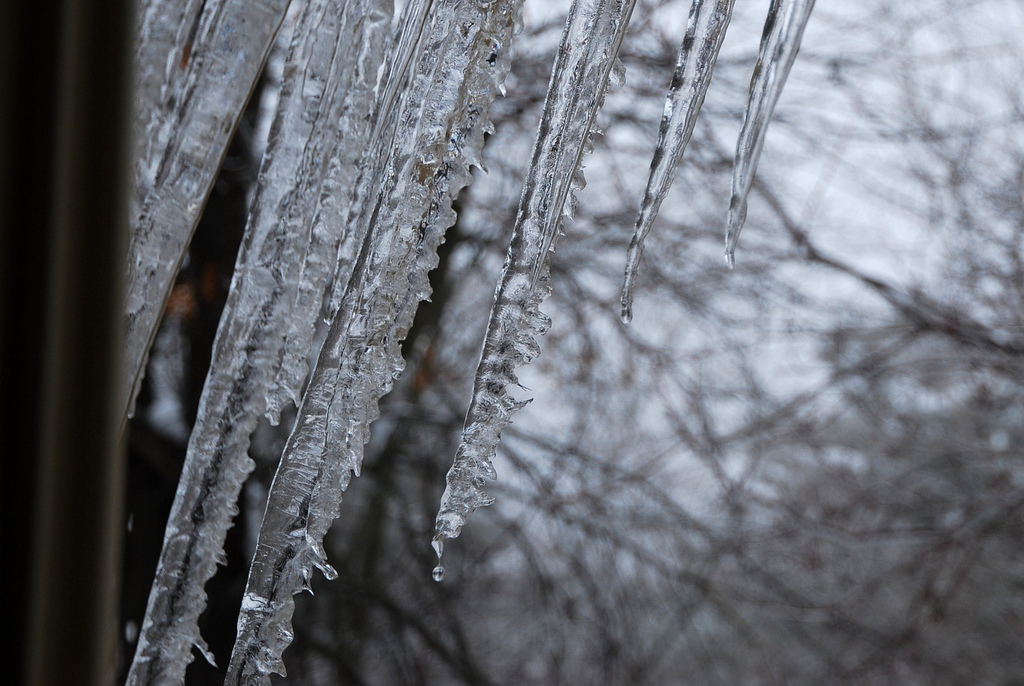The First Utility guide to draught-proofing your home
Draught-proofing your home means keeping warm air in and cold air out to save both energy and money – and you can even do it yourself.
What to draught proof
You should essentially draught-proof any unwanted gaps in the construction of your home. Just be careful to not block areas of ventilation such as open flues and bathroom vents.
Common draughty areas include:
- Windows
- Doors – including letter boxes and keyholes
- Skirting boards
- Inactive chimneys and fireplaces
- Loft hatches
- Ceiling to wall joints
- Cracks in walls
- Pipework leading outside
Draught proofing materials:
Windows and loft hatches
- Choose between foam, metal or plastic strips. Metal and plastic strips usually have brushes attached and are long-lasting but more expensive.
- For sash windows, brush strips are best and silicon sealant is great for windows that don’t open.
External doors and doors leading to unheated rooms
- Install a brush or flap to your letterbox and a purpose-made drop disk to your keyhole
- Use a draught excluder made using bristles or a hinged flap
- Just the same as windows, fill gaps around the door with foam or brush strips.
Skirting boards
- Squirt a silicon-based filler into any gaps between skirting boards and floorboards
Pipework
- Insulate around pipework with a silicon filler, just like you would insulate your skirting boards. For larger gaps, opt for expanding polyurethane foam.
Unused chimneys and fireplaces
- Insert a chimney draught excluder or have a professional install a cap over the chimney pot.
Small cracks in walls
- Fill using cement or hard-setting fillers. Larger cracks may require professional advice.
Draught-proofing costs and savings
According to the Energy Saving Trust (EST), draught proofing your home professionally could cost up to £400. If you can do it yourself, you can complete your home for around £100.
EST figures also show that draught-proofing around windows and doors could save you £50 a year on your heating bill. With heat being kept inside, owners of draught-free homes are more likely to turn their heating down a notch. Turning down your thermostat by just one degree could save you an average of £75 a year*.
Look out for more great tips on saving money over on the Utility Room blog and see if you could get a better deal by comparing our gas and electricity tariffs.
*Source: http://www.energysavingtrust.org.uk/Take-action/Energy-saving-top-tips
Disclaimer
The contents of this article are for reference purposes only and do not constitute financial or legal advice. Independent financial or legal advice should be sought in relation to any specific matter. Articles are published by us without any knowledge or notice of the circumstances in which you or anyone else may use or rely on articles or any copy of the information, guidance or documents obtained from articles. We operate and publish articles without undertaking or accepting any duty of care or responsibility for articles or their contents, services or facilities. You undertake to rely on them entirely at your own risk, and without recourse to us. No assurance of the quality of articles is given or undertaken (whether as to accuracy, completeness, fitness for any purpose, conformance to any description or sample, or otherwise), or as to the timeliness of the publication.
Latest posts by Sally - Silversurfer's Editor (see all)
- The Boom Radio All Time Chart - April 11, 2025
- Discover Oregon: Your Ultimate Adventure Awaits with Non-Stop Flights from London Heathrow - April 11, 2025
- Discover the beauty of Scotland with Largo Leisure Holidays - April 10, 2025
- Do you feel happy living in the United Kingdom? - April 10, 2025
- Planning ahead for peace of mind - April 9, 2025






















